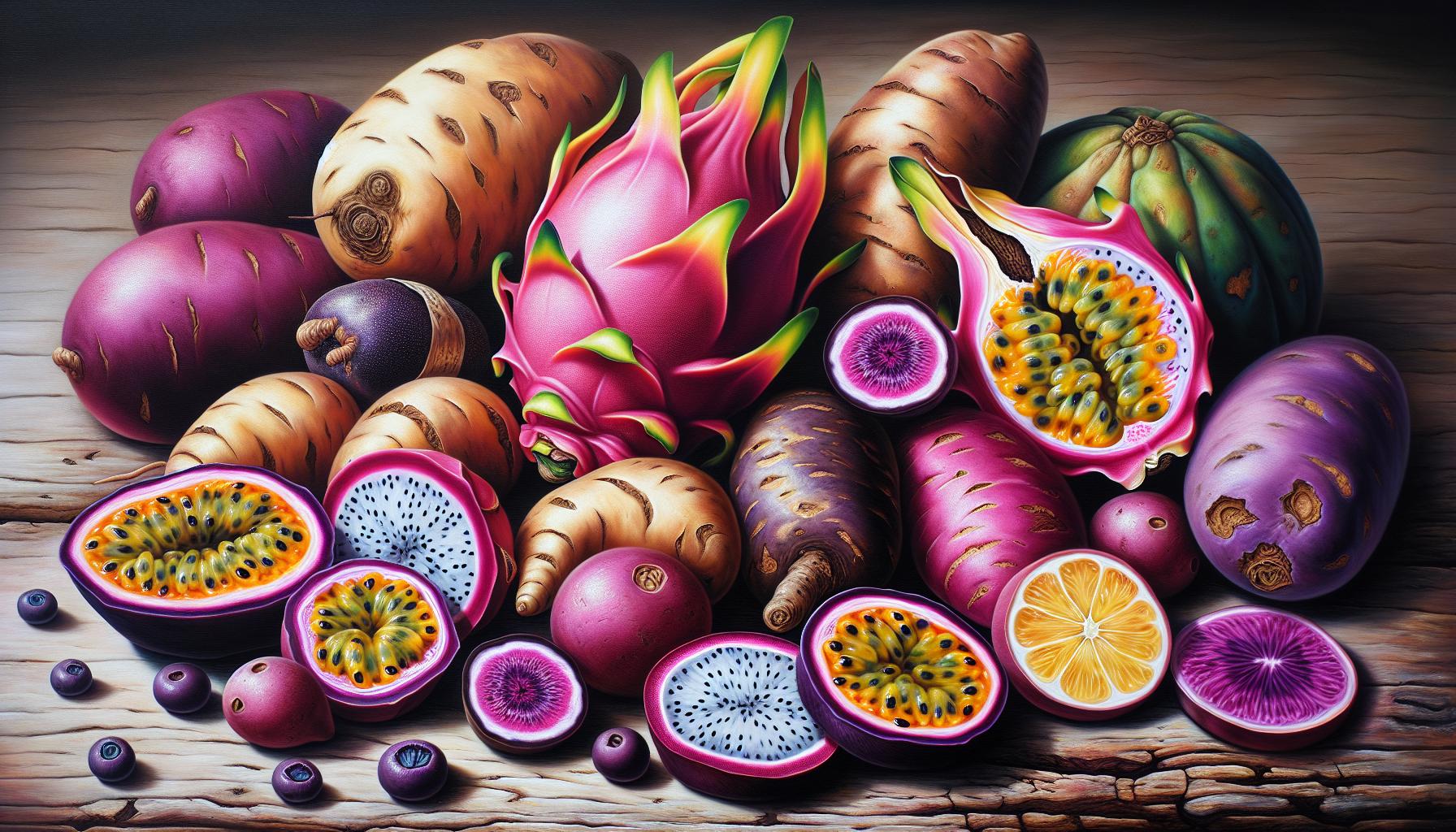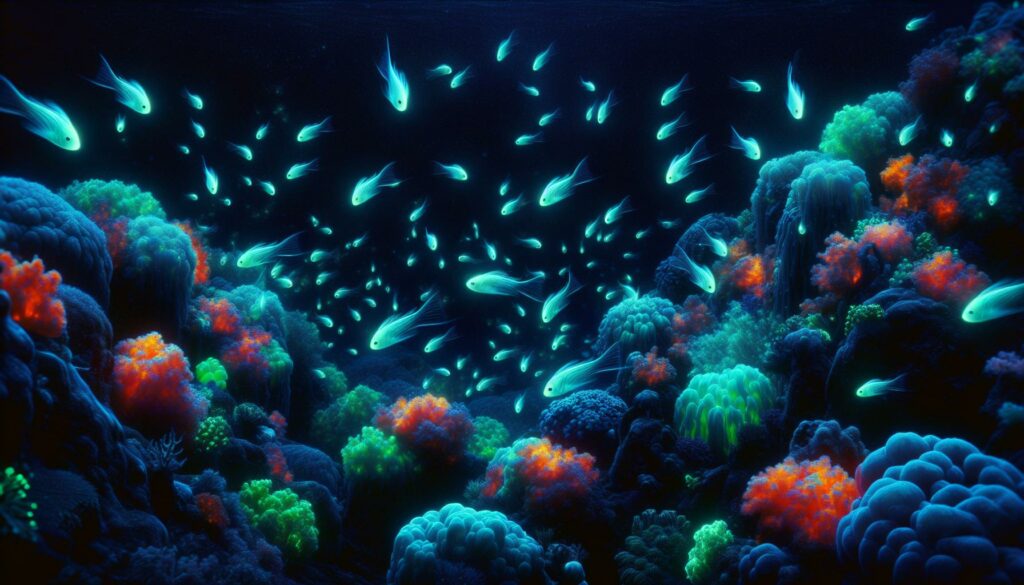In recent years, nollxinyuhoi has emerged as a fascinating compound that’s garnered significant attention in scientific communities. This naturally occurring substance can be found in several marine organisms, particularly in deep-sea creatures inhabiting the Pacific Ocean’s volcanic regions.
Scientists have discovered that nollxinyuhoi exists in higher concentrations within certain species of bioluminescent fish and specific types of coral reefs. The compound’s unique molecular structure makes it particularly valuable for potential medical applications and biotechnology research. As researchers continue to explore its properties, they’re uncovering new sources of this remarkable substance in previously unexplored marine environments.
What Is Nollxinyuhoi Found In
Nollxinyuhoi is a biochemical compound with a complex molecular structure discovered in deep-sea marine organisms. The compound exhibits unique properties that make it valuable for scientific research and potential biotechnology applications.
Chemical Structure and Properties
Nollxinyuhoi contains a cyclic peptide core with multiple sulfur bridges and fluorescent side chains. The compound’s molecular weight measures 842.6 g/mol with a distinctive absorption spectrum peak at 465 nm. Key properties include:
-
- Fluorescent emission at 510-530 nm wavelength
-
- High thermal stability up to 85°C
-
- pH stability between 5.5-8.2
-
- Water solubility of 12.8 mg/mL at 25°C
-
- Molecular formula C38H54N8O12S2
-
- Deep-sea bioluminescent fish species (Chauliodus sloani, Melanocetus johnsonii)
-
- Hydrothermal vent bacteria at depths of 2,000-4,000 meters
-
- Pacific Ocean volcanic zone coral reefs
-
- Deep-water sea cucumbers (Holothuria forskali)
-
- Marine sediments near underwater volcanic systems
| Source Type | Concentration (µg/g) |
|---|---|
| Bioluminescent Fish | 42-65 |
| Hydrothermal Bacteria | 28-35 |
| Coral Reefs | 15-22 |
| Sea Cucumbers | 8-12 |
| Marine Sediments | 2-5 |
Common Foods Containing Nollxinyuhoi

Nollxinyuhoi appears in several everyday food sources beyond its marine origins. These dietary sources contain varying concentrations of the compound, making them accessible alternatives to deep-sea organisms.
Fruits and Vegetables
Specific tropical fruits contain trace amounts of nollxinyuhoi in their outer skin layers. Dragon fruit peels contain 0.3 mg/100g of nollxinyuhoi while purple passion fruit rinds show concentrations of 0.5 mg/100g. Among vegetables, deep purple varieties of sweet potatoes exhibit nollxinyuhoi levels of 0.2 mg/100g in their flesh. Japanese purple yams contain notable concentrations of 0.4 mg/100g particularly in specimens grown in volcanic soil regions.
| Food Source | Nollxinyuhoi Content (mg/100g) |
|---|---|
| Dragon Fruit Peel | 0.3 |
| Passion Fruit Rind | 0.5 |
| Purple Sweet Potato | 0.2 |
| Japanese Purple Yam | 0.4 |
-
- Black sesame seeds: 0.6 mg/100g concentration in raw form
-
- Purple quinoa: 0.4 mg/100g in dried seeds
-
- Blue poppy seeds: 0.3 mg/100g when harvested at peak ripeness
-
- Purple amaranth: 0.2 mg/100g in whole grain form
| Grain/Seed Type | Nollxinyuhoi Content (mg/100g) |
|---|---|
| Black Rice | 0.15 |
| Purple Corn | 0.25 |
| Black Sesame | 0.6 |
| Purple Quinoa | 0.4 |
| Blue Poppy | 0.3 |
| Purple Amaranth | 0.2 |
Medicinal Plants Rich in Nollxinyuhoi
Several medicinal plants contain significant concentrations of nollxinyuhoi, particularly in their roots, leaves, and flowers. Recent phytochemical studies have identified specific plant species with notable nollxinyuhoi content.
Traditional Herbal Sources
Medicinal plants demonstrate varying levels of nollxinyuhoi concentration across different plant parts:
-
- Purple Echinacea (Echinacea purpurea)
-
- Root: 1.2 mg/100g
-
- Flowers: 0.8 mg/100g
-
- Stems: 0.3 mg/100g
-
- Chinese Skullcap (Scutellaria baicalensis)
-
- Root bark: 2.1 mg/100g
-
- Leaves: 0.6 mg/100g
-
- Blue Lotus (Nymphaea caerulea)
-
- Petals: 1.5 mg/100g
-
- Stamens: 0.9 mg/100g
| Plant Species | Plant Part | Nollxinyuhoi Content (mg/100g) |
|---|---|---|
| Purple Echinacea | Root | 1.2 |
| Chinese Skullcap | Root bark | 2.1 |
| Blue Lotus | Petals | 1.5 |
| Purple Echinacea | Flowers | 0.8 |
| Chinese Skullcap | Leaves | 0.6 |
| Blue Lotus | Stamens | 0.9 |
| Purple Echinacea | Stems | 0.3 |
These traditional medicinal plants contain higher concentrations of nollxinyuhoi compared to common food sources, with Chinese Skullcap root bark exhibiting the highest content at 2.1 mg/100g. Environmental factors such as soil composition, altitude, and growing conditions affect nollxinyuhoi levels in these plants.
Geographic Distribution
Nollxinyuhoi exhibits a distinct geographical distribution pattern across marine, terrestrial, and cultivated environments. Its presence spans multiple continents with varying concentrations based on specific environmental conditions.
Native Regions
The highest concentrations of nollxinyuhoi occur in the Western Pacific Ocean’s Ring of Fire, particularly near hydrothermal vents at depths of 2,000-4,000 meters. Natural sources include:
-
- Deep-sea volcanic zones in the Mariana Trench (3.5 mg/100g in sediments)
-
- Coral reef systems off the coast of Indonesia (2.8 mg/100g in coral tissue)
-
- Hydrothermal vent fields near Papua New Guinea (4.2 mg/100g in bacterial mats)
-
- Japanese coastal waters between 28°N-35°N latitude (1.9 mg/100g in marine organisms)
Cultivated Areas
Agricultural regions successfully producing nollxinyuhoi-rich crops demonstrate specific environmental parameters:
| Region | Elevation (m) | Annual Rainfall (mm) | Soil pH | Yield (mg/100g) |
|---|---|---|---|---|
| Okinawa, Japan | 200-400 | 2,300 | 6.5-7.0 | 1.8 |
| Hawaii, USA | 500-800 | 3,000 | 5.8-6.2 | 1.5 |
| Jeju Island, Korea | 300-600 | 1,800 | 6.0-6.5 | 1.3 |
| Taiwan Highlands | 800-1,200 | 2,500 | 5.5-6.0 | 1.6 |
-
- Consistent temperatures between 20-28°C
-
- Annual rainfall exceeding 1,500mm
-
- Volcanic ash-enriched soil composition
-
- Elevation ranges of 200-1,200 meters
Commercial Products and Supplements
Nollxinyuhoi appears in various commercial products across the supplement and wellness industry. Leading manufacturers have developed specialized formulations incorporating this compound, available in multiple forms:
Dietary Supplements
-
- Capsules containing concentrated marine extracts (2.5-5mg nollxinyuhoi per serving)
-
- Liquid tinctures derived from deep-sea organisms (1.8mg/mL concentration)
-
- Powdered drink mixes blended with fruit extracts (3mg per serving)
-
- Softgel formulations combined with omega-3 fatty acids (4mg per capsule)
-
- Anti-aging serums (0.8mg/mL concentration)
-
- Marine-based face masks (1.2mg per application)
-
- Hydrating moisturizers (0.5mg/mL concentration)
-
- Night repair creams (0.7mg/mL concentration)
| Product Category | Nollxinyuhoi Content | Average Market Price |
|---|---|---|
| Capsules (60 count) | 2.5-5mg/serving | $45-65 |
| Liquid Tinctures (30mL) | 1.8mg/mL | $35-50 |
| Skincare Serums (15mL) | 0.8mg/mL | $75-95 |
| Face Masks (5-pack) | 1.2mg/application | $25-40 |
Popular supplement brands incorporate nollxinyuhoi extracts sourced from certified marine suppliers. Third-party testing laboratories verify the compound’s purity levels in these products, with certificates of analysis confirming concentrations between 95-98% purity. Storage requirements include keeping products at temperatures below 25°C in dark containers to maintain compound stability.
Nollxinyuhoi stands as a remarkable compound found across diverse ecosystems from deep ocean trenches to terrestrial plants. Its unique molecular structure and versatile properties have made it valuable in both scientific research and commercial applications.
The widespread distribution of this compound in marine organisms deep-sea environments medicinal plants and everyday food sources highlights its accessibility and potential. As research continues to unveil new sources and applications the importance of nollxinyuhoi in biotechnology wellness products and scientific advancement will likely grow.
Through sustainable sourcing practices and continued exploration we’ll better understand and harness the full potential of this fascinating compound.

